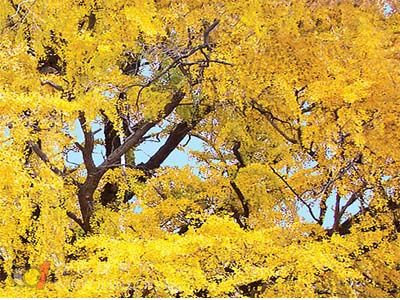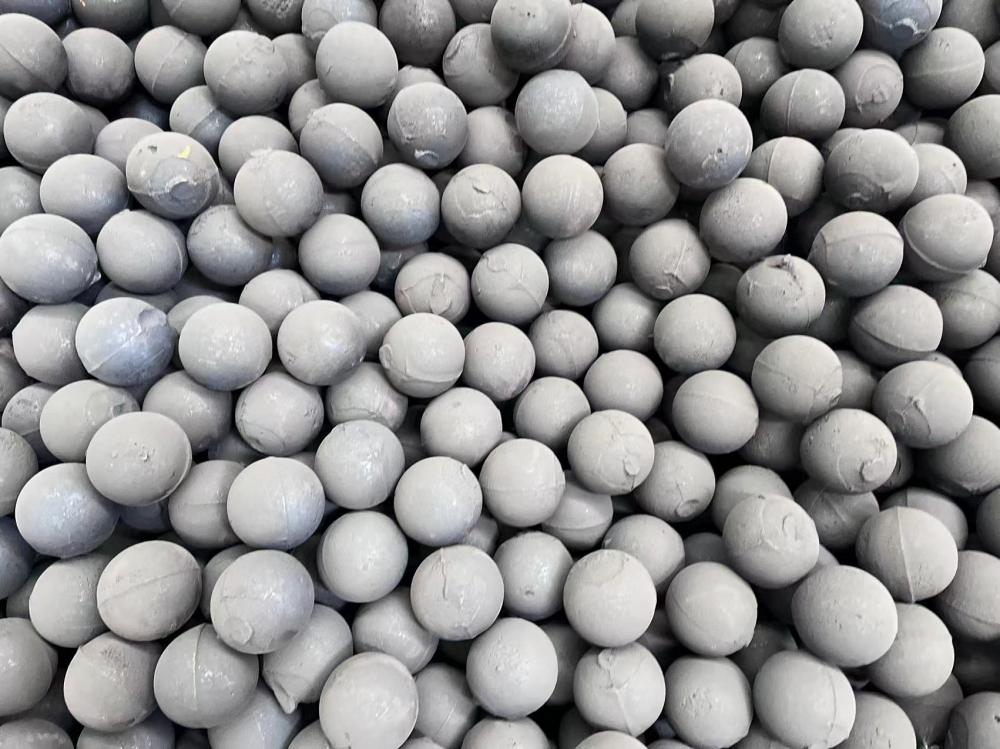Ginkgo transplanting technology
When transplanting ginkgo trees, it's crucial to select healthy seedlings with strong growth, well-developed roots, and a white xylem. The root bark should be reddish and tightly attached to the xylem. If the roots are black, even if the trunk looks green, the tree might have already died. Ginkgo trees are ideal for street planting due to their straight trunks, uniform shape, and branches that typically reach about three meters in height when young.
Ginkgo biloba is relatively easy to establish before spring germination. The soil should be rich, fertile, with 1% to 3% organic matter, and well-draining. Add decomposed organic fertilizer at the bottom of the planting hole, mix it with 20 cm of cooked soil to prevent root burn. If the weather is dry, fill the planting hole with water and let it soak before planting. Ginkgo trees are usually transplanted with a root ball. Deep planting can hinder root development, so the original root line should be level with or slightly above the ground (1-2 cm higher).

After transplanting, ginkgo trees should be watered every 5 to 7 days. Once they are established, watering is not necessary unless the soil dries out. Watering before the soil begins to germinate is recommended. In May, if the weather is dry, a second watering can help promote growth. During the rainy season, adjust irrigation based on actual conditions. Ginkgo prefers drought and dislikes excessive moisture, as its roots require good aeration to avoid rotting. Fertilize in spring and autumn around the canopy using a circular or hole-piercing method, and water after applying the fertilizer.
Ginkgo trees may show signs of "false life" or "false death." Some trees may appear alive with leaves but have dead roots, only showing small leaves in later years. Others may not sprout for the first or second year after planting, yet their bark remains green. They might finally start growing in the third year. This is why some say, "Ginkgo trees are planted for three years, and it takes three more to truly live."
Pruning is generally not required for ginkgo trees. Before transplanting, you can trim dense, diseased, broken, or dead branches. Due to their slow growth, pruning during the growing season is rarely needed. To maintain healthy growth, keep the area around the tree free of weeds by cultivating alfalfa, which improves soil aeration and promotes root development. Ginkgo trees are resistant to most pests and diseases. However, in hot and dry summers, especially with newly transplanted seedlings, the base of the trunk can become sunburned, making it vulnerable to bacterial infections and root rot after rain. Using shade nets or a Bordeaux mixture can help prevent this. The main pest is cockroaches, but overall, ginkgo is easy to grow and manage, making it an excellent choice for urban greening. Proper post-transplant care, including soil porosity and root-to-leaf balance, significantly affects the survival rate of ginkgo trees.

Steel Ball Aube Ball,Abrasives Cast Steel Balls,Steel Shot Abrasives,Balls Cast Steel Parts
Xuzhou Surun wear-resistant material Co., LTD , https://www.suruntools.com